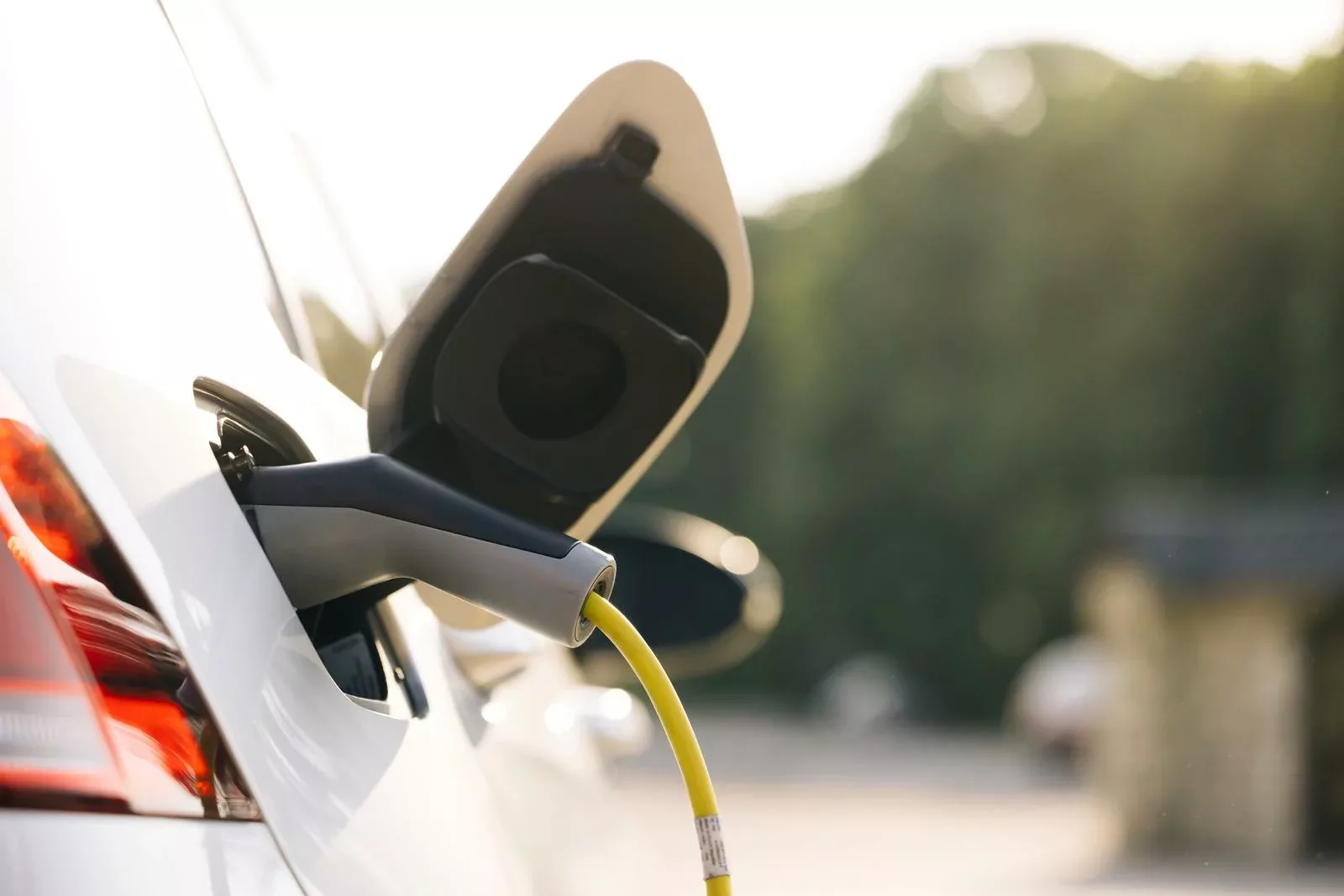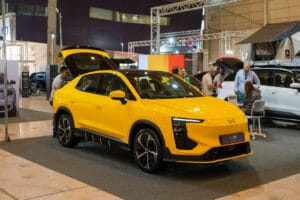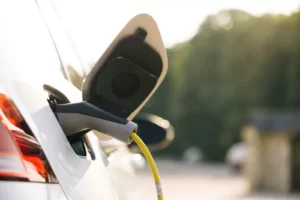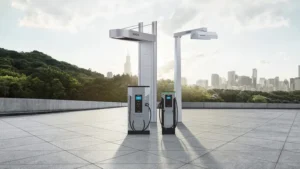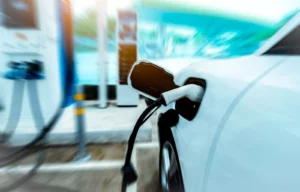It’s being claimed fleets investing in EVs risk falling foul of ‘charging deserts’ in harder-to-reach areas of the UK.
A new report suggests that while grid capabilities are increasing in a bid to keep pace with electric vehicle adoption, the focus is largely on urban areas. This leaves large parts of the country without the grid capacity to support EV charging hubs at scale. In order to be EV-ready, these areas will need significant investment in infrastructure upgrades, which comes at a high cost and long lead times.
Matthew Lumsden, CEO of battery energy storage system specialist Connected Energy, said: “Once you get out of urban areas, there is typically far less power available from the local grid. Upgrading the infrastructure can cost up to half a million pounds, which invalidates the business case for a lot of out-of-town EV charging hubs. We’re already seeing this issue arise up and down the country at motorway services.”
GeniePoint, the third largest rapid charging network in the UK, is exploring innovative ways to deliver charging infrastructure where grid capacity cannot easily support the energy demands of EV charging.
Simon Kendrew, Marketing and Commercial Director – EV Solutions of Equans, which owns GeniePoint, said: “One of the big agendas within EV is the ‘charging deserts’, or the availability of charging in some of the harder-to-reach places. There is typically a correlation between grid availability and charger availability in more remote areas.
“This is where we would see opportunities for more innovative energy solutions – a mixture of energy generation and storage capability on sites, to help manage these grid issues.”
Equans is exploring opportunities to use battery energy storage systems (BESS) like Connected Energy’s E-STOR technology as a more cost-effective option than grid upgrades in areas where grid capacity is proving difficult. E-STOR takes batteries from old electric Renault Kangoo vans and gives them a second life as energy storage. If a service station or truck stop only has a 40kW grid connection but wants to operate two 50kW chargers, E-STOR can bridge this gap. It can also work in tandem with on-site renewables such as solar PV arrays.
And with some HGV operators based in rural areas, the switch to electric trucks will put even more strain on the grid. “If you are charging bigger vehicles, there are bigger demands, bigger batteries to charge, and often critical services linked to that as well,” said Simon.
The primary challenge faced by charging infrastructure at scale is the amount of electricity a site can take from the grid. Many fleets, depots and hubs are dealing with ageing infrastructure. This often means that their available capacity falls below the amount required to power multiple fast chargers, never mind rapid chargers and the ultra-high-capacity charge points needed for larger vans or trucks.
Connected Energy is already working with fleet operators and charging hub providers to provide E-STOR systems supporting EV charging in both urban and rural areas. The company has produced a white paper explaining how battery energy storage can support EV charging demands.
The paper is free to download here.
(Picture – Yay Images)



